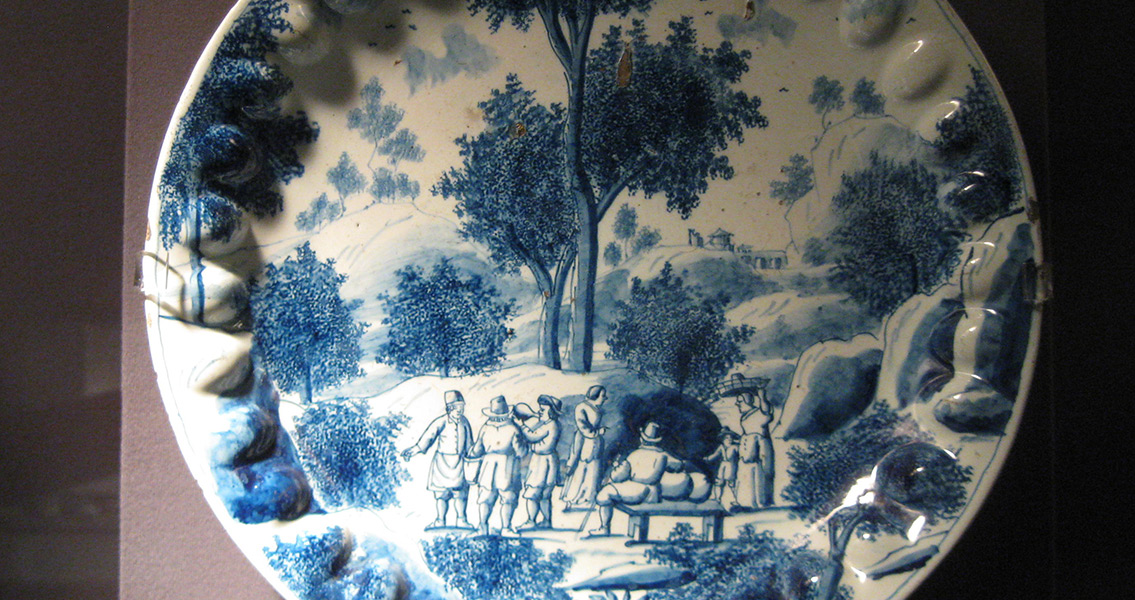<![CDATA[Archaeologists working in historic Philadelphia have uncovered 82,000 individual artifacts buried inside vaults that had once been used as outhouses (referred to as privies), many of which date back to the American Revolution, 1775 to 1783. The privies served both private residences as well as businesses once located in the area, and had been sealed up and built over through several eras of buildings. The majority of the discarded items were discovered in a dozen brick-lined vaults (also used for garbage disposal) which archaeologists from the Commonwealth Heritage Group started to uncover in 2014 while excavating in advance of construction activity associated with the new Museum of the American Revolution, scheduled to open next spring. The site of the museum is only two blocks away from Independence Hall, where the U.S. Constitution as well as the Declaration of Independence were both debated and then adopted. Many of the artifacts are reported by the Huffington Post as coming from a tavern which occupied the location on Chestnut Street, including red earthenware which was made from known local potters. Another particularly impressive piece that the team found and reassembled is a delftware punch bowl, believed to be English. Delftware (also known as Delft pottery or Delft Blue) is white and blue pottery that was made in and around the town of Delft, in the Netherlands, during the sixteenth century. The bowl is embellished with a picture of the Tryphena, a brigantine ship that carried the colonists’ petition contesting the Stamp Act to Liverpool from Philadelphia in 1765. Philadelphia, Pennsylvania, was the location of the First and Second Continental Congress, a meeting of delegates from all thirteen colonies. Soon after the Second Convention, which began meeting in 1775, it was declared that the American Revolutionary War had started. The Second Congress oversaw the colonial war efforts, and moved slowly towards independence from England by adopting the U.S. Declaration of Independence on the 4th of July, 1776. By directing strategy, raising armies, appointing diplomats and writing formal treaties, like the Olive Branch Petition, the Congress performed as a de facto national governmental body of what in the future would become the United States. The recovered items are an eclectic mix; a large assortment of seashells linked to a local button shop, 1,400 fruit pits (mostly cherries) in one vault suggesting a nearby baking operation (no pie pans though), 750 individual pieces of printers’ type associated with the city’s budding press industry, two whole raccoons, 66 birds, wig curlers, and a curiously large amount of alcoholic bottles, along with an abundance of items from private residences, and of course the usual collection of garbage. Some pieces from the collection are expected to be on display inside the Museum of the American Revolution when it opens in 2017. ]]>
Outhouses Uncovered in Philadelphia Flush with Artifacts
